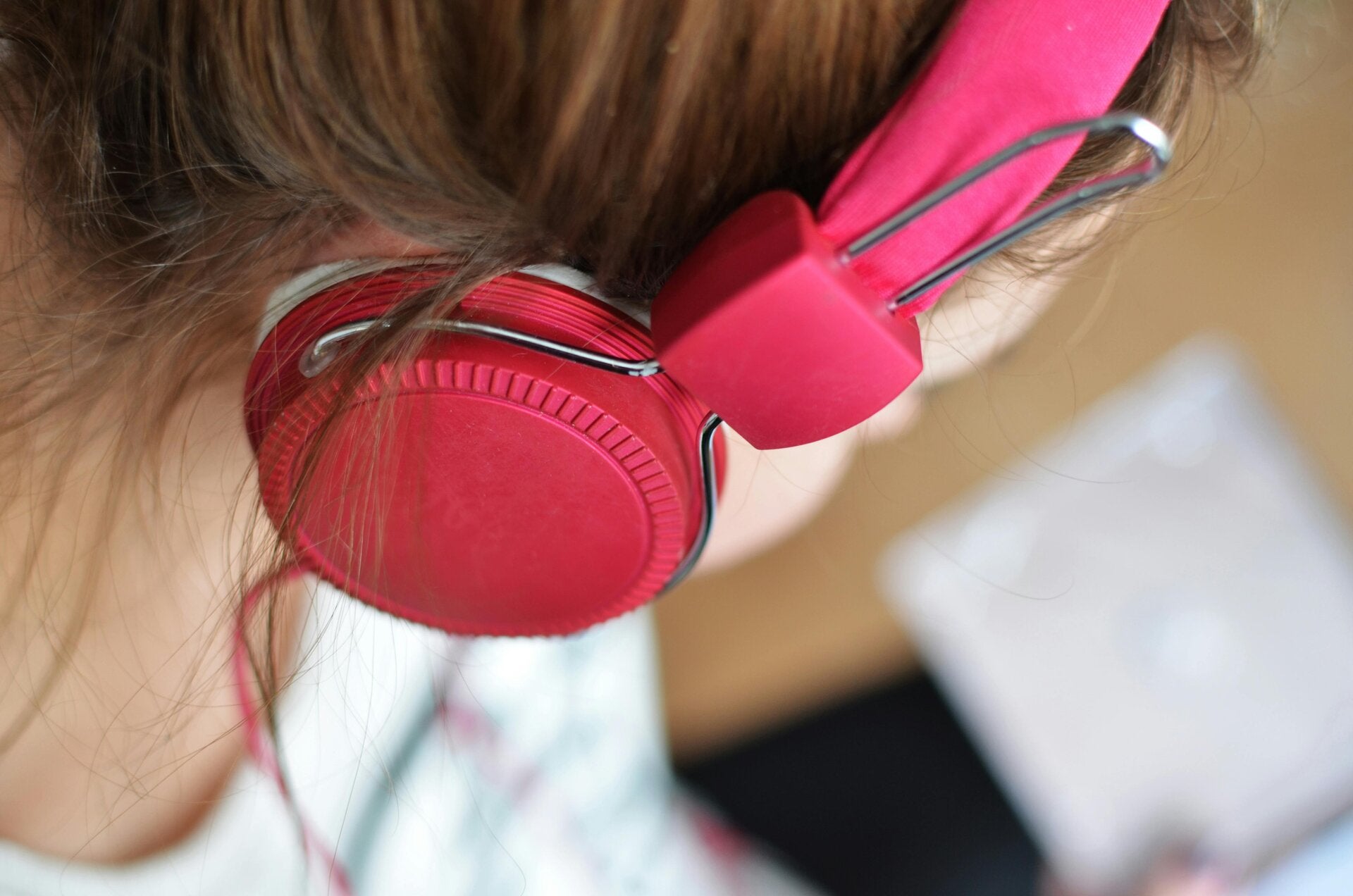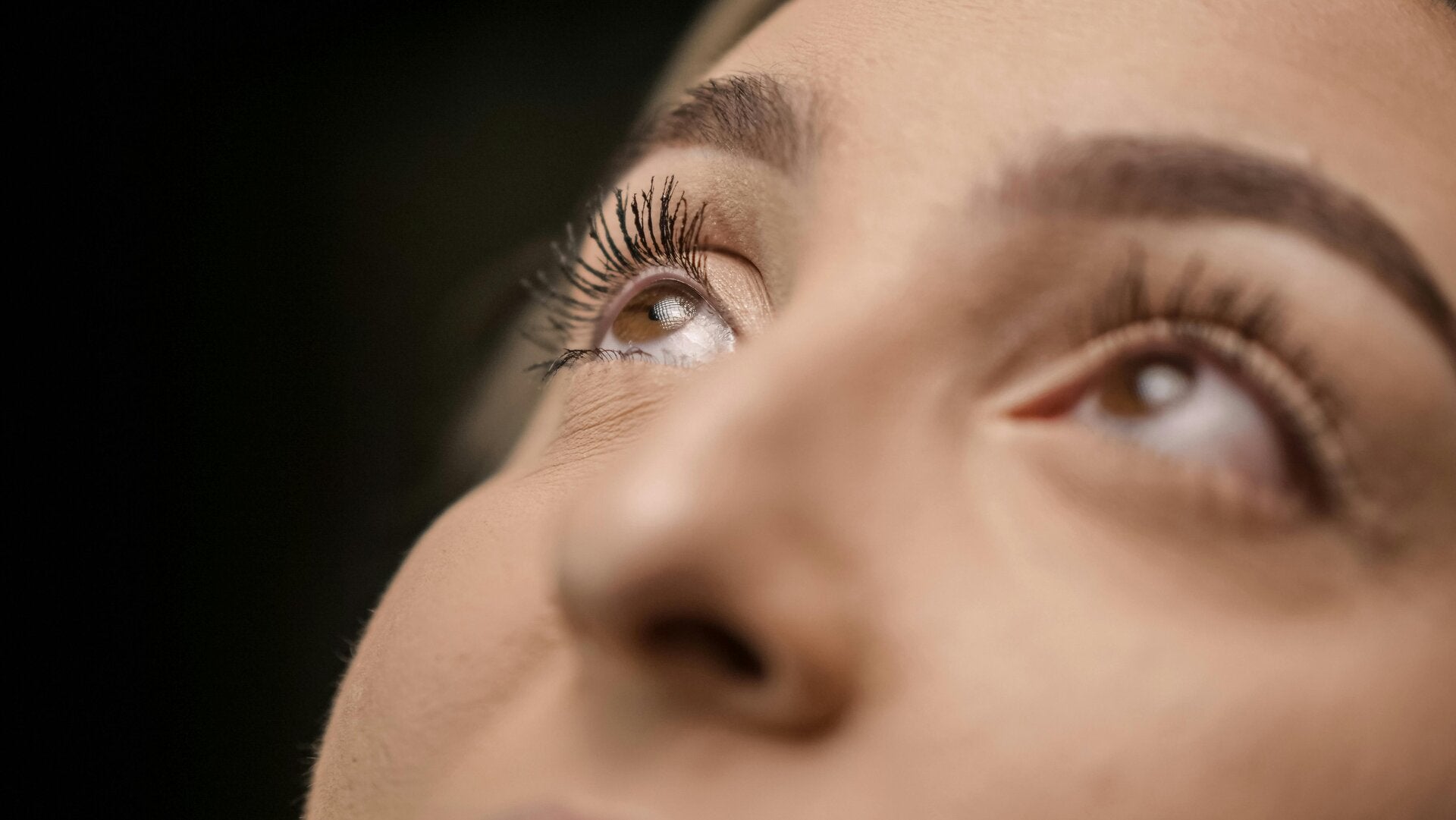All about the senses
Sensory processing is the way in which the nervous system receives and interprets sensory input from the environment and the person's body. There are 8 senses which provide this information, the nervous system will then react to the information, and some people may struggle to navigate what this means to them. Throughout our product pages, you will find indicators along with each item to identify which sense they can help with.
Here is some information on the 8 senses.

Auditory
The auditory sense is how we perceive sound, this can include volume, pitch and rhythm. A person may be over-sensitive to sound, or under-responsive such as not noticing their name being called, this can affect attention, communication and emotional regulation.
You may notice behaviours such as covering ears or becoming easily distracted, or even signs of anxiety or frustration.

Visual
Visual input is how someone may respond to things such as light, colour, movement and even space.
By stimulating the visual sense, a person can make sense of their surroundings, recognise faces and process moving objects.
When the visual sense is disrupted, a person may be sensitive to bright lights or crowded areas - this can result in challenges with depth perception and co-ordination.

Gustatory (taste)
Gustatory sensory processing is how the brain responds to taste, including sweet, salty, sour and bitter flavours. Some people may be hypersensitive to taste and find things unpleasant, this usually shows as being a 'picky-eater'. Others may be hypo-sensitive and seek our very strong flavours, the intensity of the flavour can help register the sensation.
The gustatory sense can cause difficulties due to nutrition, food aversions and stress and anxiety around food.

olfactory (smell)
The sense of smell processes scents through receptors in the nose. These receptors send signals to the brain and help us identify odours and detect danger, some smells may trigger memories! Being hypersensitive to smells may cause nausea or distress which leads to avoidance. Some may have no response to smell and may actively seek strong odours.
The olfactory sense plays a very important role in daily comfort, behaviour and appetite.

tactile (touch)
Receptors in the skin can help the brain perceive sensations such as pressure, texture, temperature and pain. The information this provides plays a key role in emotional security and interaction with the environment.
A soft touch can feel like being hit hard for someone who is hypersensitive to touch, whereas someone who is hyposensitive may need deep pressure to feel comfort. This can impact a persons daily routines and social and emotional regulation.

Vestibular
The vestibular sense detects movement and balance. The sense is controlled by structures in the inner ear and tells the brain about a person's position and motions.
Coordination and posture can be maintained by regulating the vestibular sense and help a person feel secure during motions.
A disruption to the vestibular sense may cause a person who is hyper-sensitive to avoid activities such as climbing, swinging and jumping. Being hypo-sensitive can show as spinning and jumping to feel regulated.
This sense can impact a persons overall sense of stability and confidence.

PROPRIOCEPTIVE
The body's ability to sense it's place in space is determined by the proprioceptive sense, it can help us move more smoothly and understand where our body parts are without looking.
Dysregulation to the proprioceptive sense can make someone appear clumsy, heavy handed or un-coordinated. Being hyposensitive can show as needing deep pressure and heavy work.
Poor motor-planning and mis-judging force is a typical indicator of a disruption to the proprioceptive sense.

INTEROCEPTIVE
The interoceptive sense is the least known sensory system, the hidden sense. This sense is essential for survival and well-being.
The sense relates to the bodies internal sensations such as hunger, heartbeat, breathing, temperature, pain, bowel movements and emotions.
Disruptions to the interoceptive sense are linked to anxiety, depression and sometimes eating disorders.
Providing a calming environment, using mindfulness techniques and therapies which enhance body awareness can all help stay well regulated.

